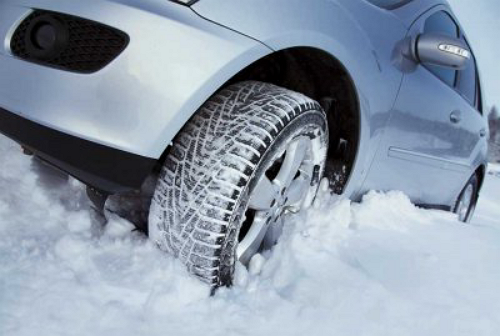When the frost on the street gives a way to thaw, and, on the contrary, instead of snow starts raining, and moreover a cyclone can bring strong winds. Here are 3 best cars of winter
Be prepared to defend against a variety of dangers.
Be especially wary of overtaking when it is necessary to leave the track and overcome the trampled snow parapet between the tracks and the adjacent strip. This maneuver should be performed at a very acute angle to the adjacent lane, meaning when you turn the steering wheel in a small corner, and if you turn the steering wheel at a large angle, hoping quickly jump the parapet of snow.
And do not forget that such maneuvers should be held at a small “gas”. Do not abruptly let go, or vice versa press the gas pedal, otherwise the wheel may stall the drive axle and the car will also start or bring to bear. It will change the trajectory of motion under the influence of lateral forces.
In winter you should be afraid of rain during frost. This phenomenon is rare, but it happens. The air temperature does not usually drop below 3 degrees of Celsius, but this frost is enough to form the ice on the road, and fresh rain will cover it with a thin film of water.
This is the most slippery road surface, so if during your trip it starts raining, as much as possible reduce your speed. The stopping distance on wet ice in comparison with the “dry” can be increased by 20% or more, as compared to dry asphalt – 5-10 times. Furthermore, on wet ice it is significantly reduced efficiency of passive safety, however cornering maneuvers they may not even hold a predetermined course of movement.
Useful info about the role of heated roads is here
In such a bad weather you have to eliminate trips to the mountains. In extreme cases, to increase the grip on wet ice is possible by setting the drive wheels using chains or studded tires. The most effective ice winter tires, in which the spikes are set at the factory (or logistics centers) of the manufacturer. This is done by Bridgestone, Continental, Goodyear, Michelin and Nokian. The rest of tires, as a rule, are equipped in a car-care center as the cheapest, ineffective spikes. The advantage of factory studs on ice is that they are seat efficiently and firmly. The force of their pull-out is more than 500 newton, not glued spikes keep the factory setting to force 60-100 N, and install in the service station and jump at 30-40 Newtons. Strong wind is very dangerous too. All information about winter tires is here. When should you replace them
Gusts of strong wind are rare, but when a storm warning is announced you need to be prepared that at the exit because of a lateral barrier to the wind your vehicle could be thrown to the side. This is especially dangerous when the road is slippery and you’re driving a car without a rear-wheel drive system Stability Program. The likelihood that the car would be lead in the wrong direction will be less time if you reduce your speed.
So be careful on the roads!



